VIRGINIA'S RABBIT-PROOF NATIVE PLANTS
Precious pink wiggly nose, slender silken ears, a fuzzy snowball of a tail — all wrapped up in a cuddly but voracious plant-chomping package. Ahhh, our Eastern cottontail rabbits (Sylvilagus floridanus) are undeniably adorable but they can be destructive in gardens, continually reducing a plant of its foliage until it (the plant) runs out of energy and expires.
There aren’t any cottontails foraging in our garden currently — perhaps because we have a fox, a few hawks and a high number of domestic dogs and free-roaming cats in our neighborhood. Rabbits are certainly fair game to all sorts of predators. The Virginia Department of Game and Inland Fisheries writes, “Cottontails have been referred to as the “protein pill” of the animal kingdom. They are perhaps the most heavily preyed upon game species in Virginia. In most years, 80% or more of adult cottontails are killed.”

An Eastern cottontail spying your garden plants. Photo by Tom Murray/flickr/CC.
I have seen the damage a few marauding cottontails can do so at the request of a client, who reluctantly surrendered his garden to the bunnies, I did some hopping around on the web and found that there’s very little information out there on native plants that rabbits find unpalatable. Our deer receive all the attention.
I then turned to the people who I could count on to garden with native plants: the Virginia Master Naturalists, Arlington Regional Chapter (or ARMN, my alma mater). “What non-woody plants do your bunnies ignore?” I asked. Their comments and observations were crossed referenced with the information I found online and the following document was generated. A checkmark indicates if the rabbit-rejecting plant info was found through the web, ARMN, or both.
Here are a few examples of beautiful Virginia natives that are on the “Rabbit Proof” list. They could also be native to your state’s region:
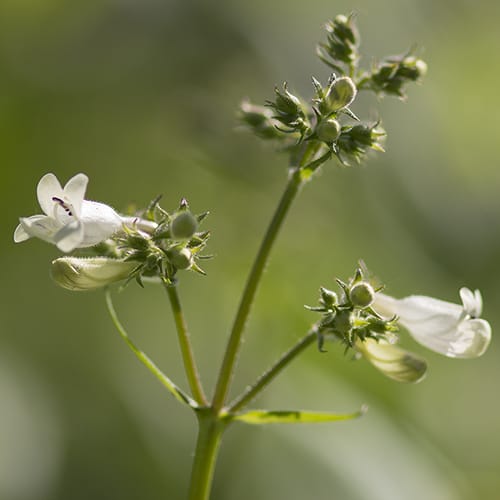
This pretty plant attracts bumblebees
and other flower visitors.
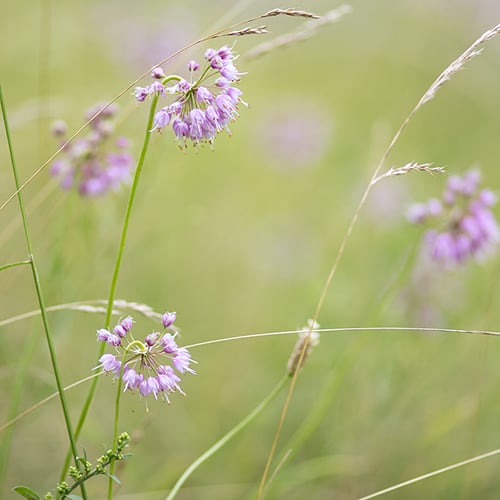
in Shenandoah National Park. It also does well
in garden conditions.

in drier woodland settings. This photo was taken
in Turkey Run Park in McLean, VA in early spring.
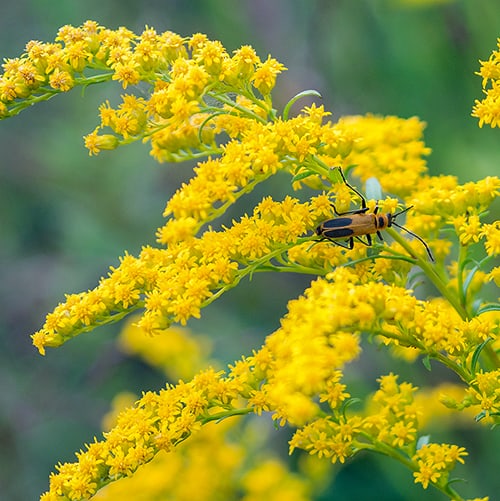
There are many different species for varying
garden conditions. Photo courtesy Matt Bright.

seed-bearing plant for birds.
Photo courtesy Matt Bright.
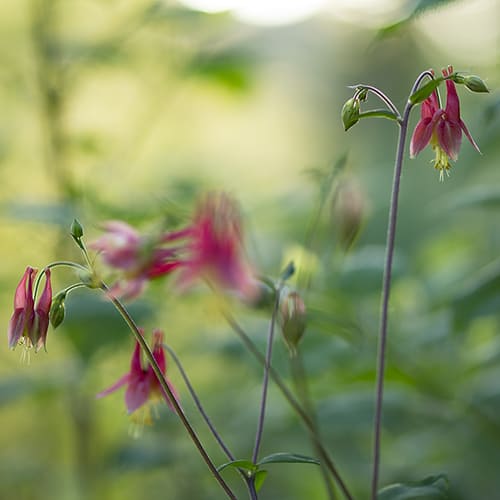
This native species is an early nectar source for
our Ruby-throated hummingbirds.
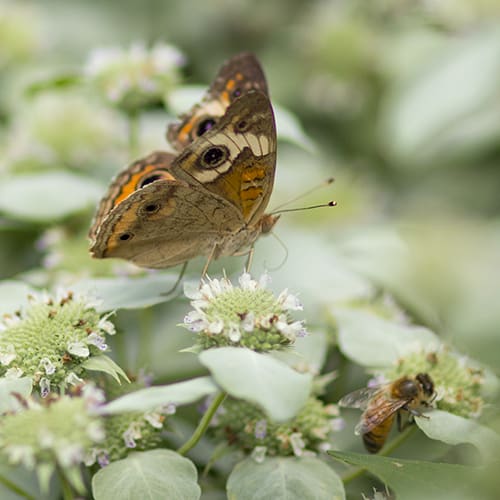
is a pollinator’s dream. Expect it to spread like
other plants in the mint family.

May and develops attractive seedheads.

enjoy the tender flower stalks of this spring-
blooming perennial. Foamflower makes a
good groundcover.
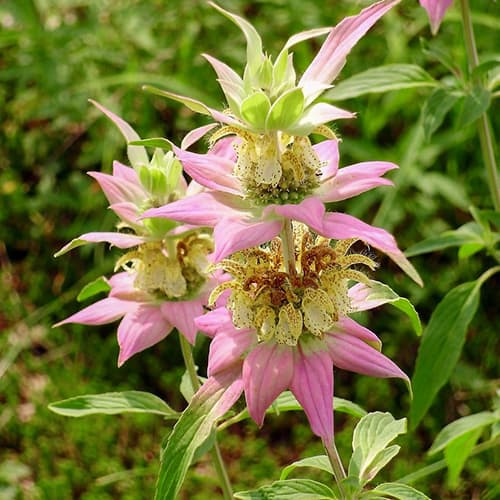
Spotted beebalm (Monarda punctata). Monardas
are in the mint family and are not usually browsed
by rabbit or deer. Photo by Bob Mullica/flickr/CC.

late season flower for monarch butterflies and other
flower visitors.
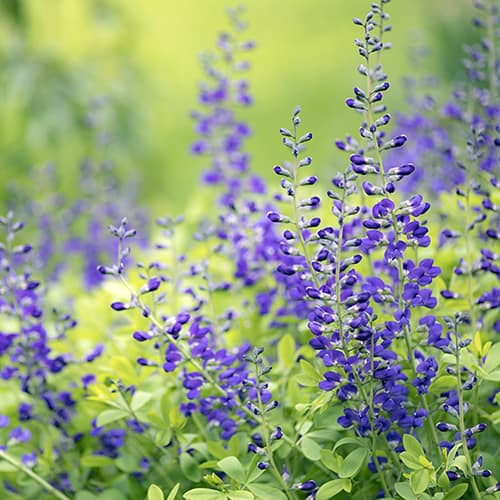
garden plant. It hosts many butterfly and moth caterpillars.
I understand that nothing is truly “rabbit proof;” if Peter Rabbit is hungry enough, he’ll consume just about anything. So allow the list of rabbit-resistant natives to be your guide for adding new plants to your garden — but also consider offering up some wildflowers, tall grassy areas or veggies for your bunnies to enjoy. Provide them with plants that you’re less vested in. Wildlife can’t go grocery shopping like we can. And even cranky ol’ Mr. McGregor can’t argue with that.
Thank you to the following resources: Penn State Extension: Rabbit Resistance Garden and Landscape Plants and Native Plants Wildlife Gardens: Bunny Bustin’ Natives. Note: as of June 2018, neither article is available online.
